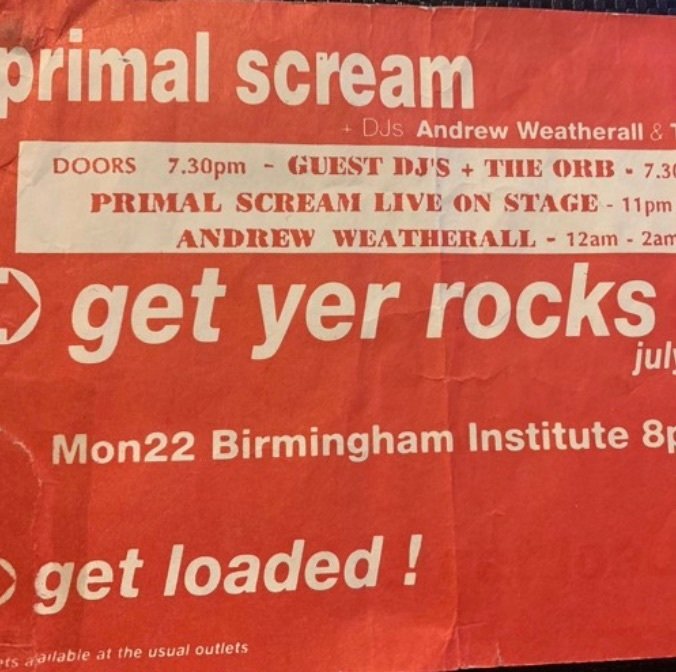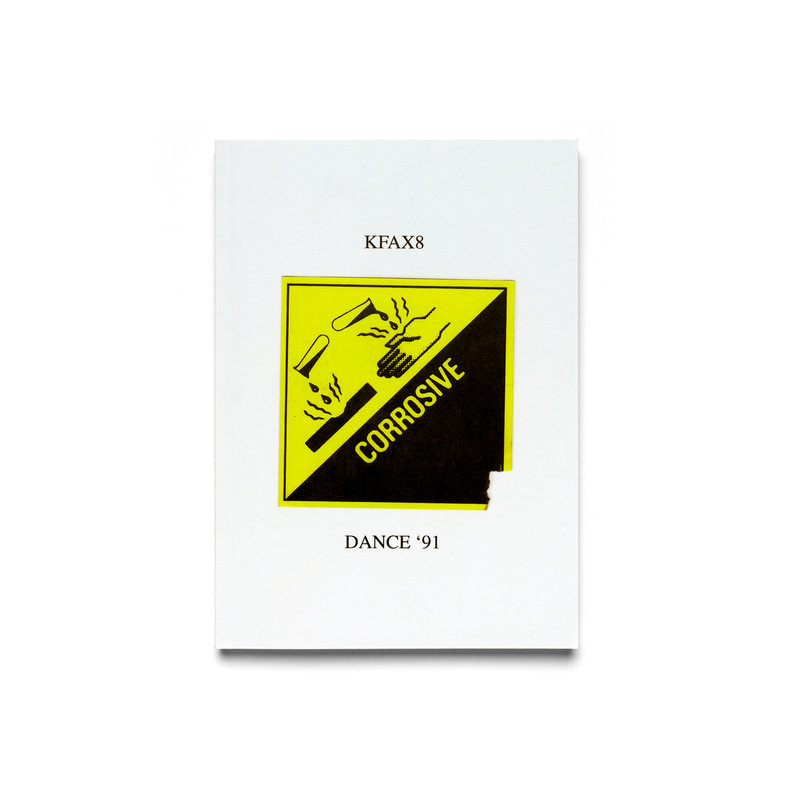Justin Strauss has been in and around the New York underground since the late `70s. As a DJ he`s held residencies at legendary venues such as The Mudd Club, The Ritz, Limelight and Area, and as a consequence he has seen the city`s nightlife evolve / devolve at firsthand. As an artist, Justin released his first record in 1975, and has remixed an encyclopedia (230 titles according to Discogs) of major label talent for the dancefloor. Still DJing, producing and remixing today, I bumped into Justin at the end of last year in London, which had to be fate, as I am only in the UK once a year. I sat down at a table in Brilliant Corners, on the one night that I went anywhere that music was played, and Phil Mison said, “Rob, would you like to meet Justin Strauss?”, who just happened to be sitting next to me. We exchanged details and have subsequently planned what will be a series of interviews, and accompanying mixes, which will track Justin`s journey through NYC`s clubs, and studios, detailing the changes he witnessed and in part engineered. For the first installment we are focused on Justin`s DJing debut at The Mudd Club.
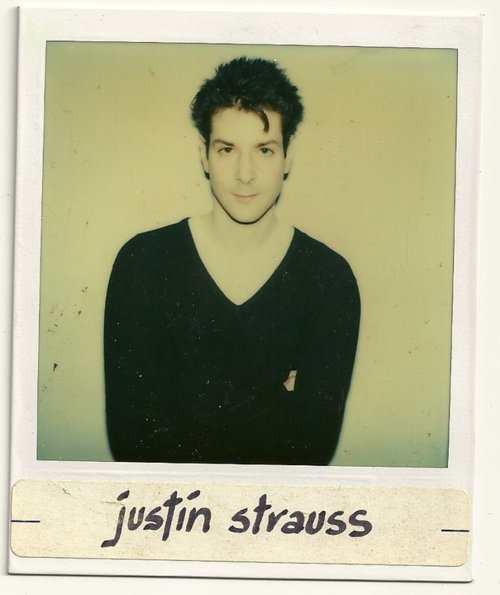
Justin, you were in the Long Island band Milk `N` Cookies between 1973 and 1977, playing what sounds to my ears like spikey Pop songs not too far away from what Blondie were doing. How did you get involved in the band? Wikipedia describes you as a “reluctant vocalist”.
I got into the band through my girlfriend in high school, who knew the other band members. They thought I looked like a lead singer, and we were all into the same kind of music at the time. Bowie, T-Rex, Sparks, all the English Glam stuff. This is before there was a Blondie or any of that scene. We started rehearsing down in my basement and made a demo, which we sent to Bowie's manager and Sparks mangers. Bowie's management weren't ready to do anything but Sparks managers loved it and played our tape for Island Records in the UK and Muff Winwood, who was A&R there, and had also just produced Sparks "Kimono My House" LP, and was impressed enough to fly over and come see us in my basement in Long Island and signed us on the spot. We were sent to London to record our album. He produced it, the guy who did all the amazing Roxy Music covers art directed it. Things that dreams are made of.
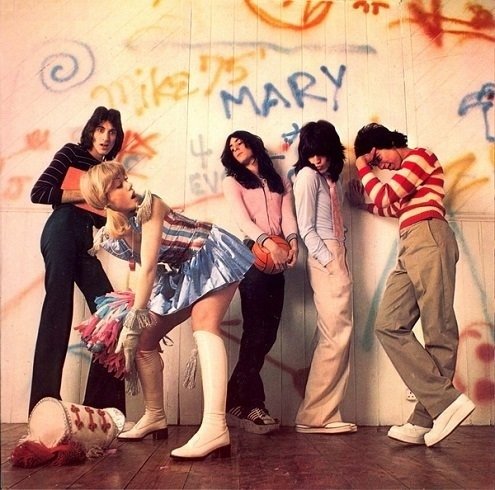
What did you do after Milk `N` Cookies?
In 1976 the band splintered and at the urging of our bass player who left to join Sparks in Los Angeles, we moved out there and reformed the band. After his stint with Sparks our bass player rejoined and we started playing gigs and recording out there. Things were looking good but at the end of the day nothing really came together and I was getting home sick and missing New York.
We`ve talked very briefly about the Mudd Club in the past. Was this your first DJing gig?
Yes it was. At this point, I was talking to my old girlfriend while I was in L.A. and she was telling me about this place that just opened in New York called the Mudd Club and how I would love it and that I should DJ there. She told she had become friends with the DJ there and I should come home and meet him. I had a huge record collection but other than playing records for my friends in my bedroom, never DJ'd before.
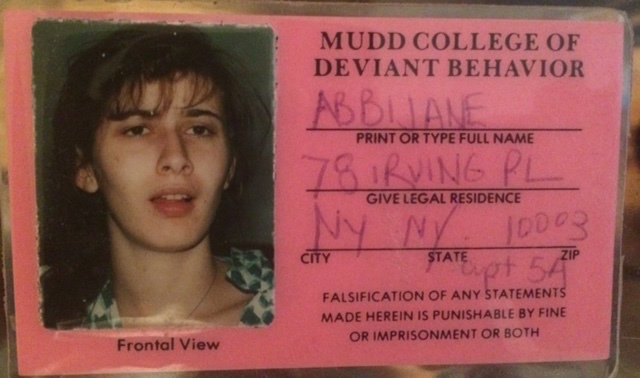
The Mudd Club opened in 1978. When did you first go there? Where had you been going before the Mudd?
When I moved back in 1979 I immediately went to the Mudd Club to see what it was all about and fell in love with it. I had been going out to all kinds of clubs before I left New York. My girlfriend and I would get into Studio 54 somehow, as we were very young but the doorman liked us. Went to some other discos at the time like Infinity, Xenon. But at the same time we were going to all the clubs where The New York Dolls would play. So we were at Max's Kansas City, Club 82 and places like that as well. It was quite an exciting time.
Can you remember who was DJing at the Mudd on your first visits?
The first time I went to the Mudd Club the DJ was a guy named David Azarch. Also playing there was Anita Sarko and Johnny Dynell.
Can you remember what records they were playing?
It was a mix of Rock, a heavy dose of James Brown, and that kind of Funk, Reggae, Rockabilly, Punk and early New Wave. It was the "Anti Disco". Trying to set it self apart from what was going on at the uptown clubs like Studio 54.
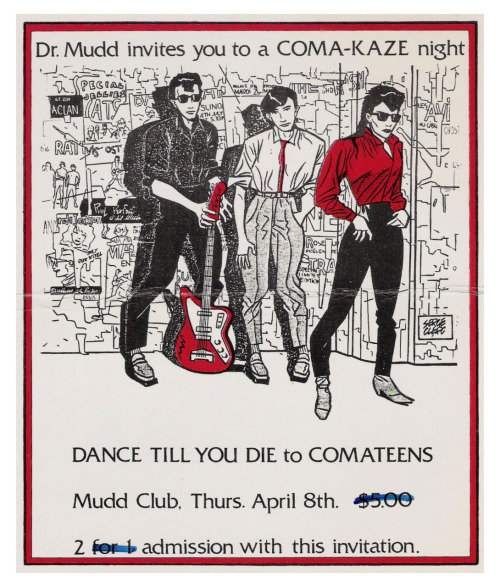
How did you get the chance to DJ there?
After hanging out a bunch I became friendly with David Azarch and he had heard about my record collection from my ex-girlfriend and he asked if I'd like to try it out. Naturally I said yes and I did. Very nervous, but I guess it went well. The owner of the place Steve Maas asked if I'd like to do a night once a week. My DJ career was born.
What sort of records would make up your set at this point?
Basically was playing Funk, Soul, some Reggae, Punk, New Wave and early Rap, early 99 Records stuff, as that scene was starting at the same time. Also starting to slip in some Disco tracks.
Where were you buying your records from?
I was rabid record collector so I was always buying records. From everywhere. All the little shops in the West Village at the time, at 99 Records when that opened, Bleecker Bob's. There were so many great record stores in New York back then.
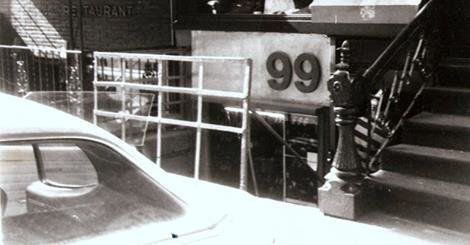
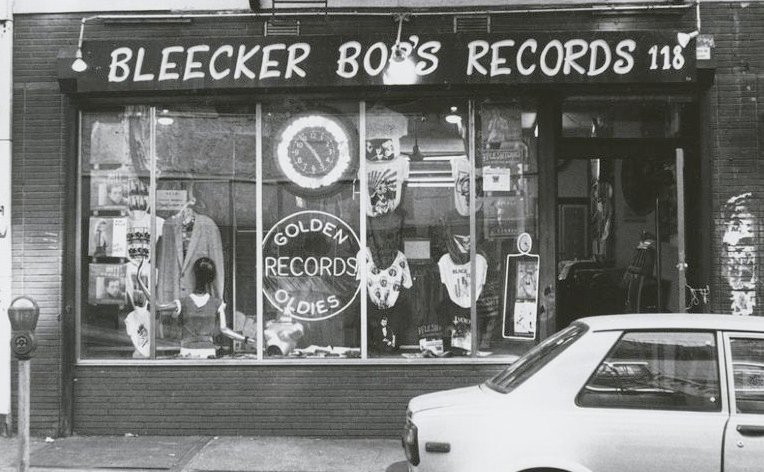
Who were you hanging out with?
I was hanging out with my old girlfriend and a friend of hers a lot. Plus starting meeting all the downtown scene people. Became friends with all the other "Downtown" DJ's of the day like Mark Kamins and Ivan Ivan. And met and became friends with Afrika Bambaataa and Francois K.
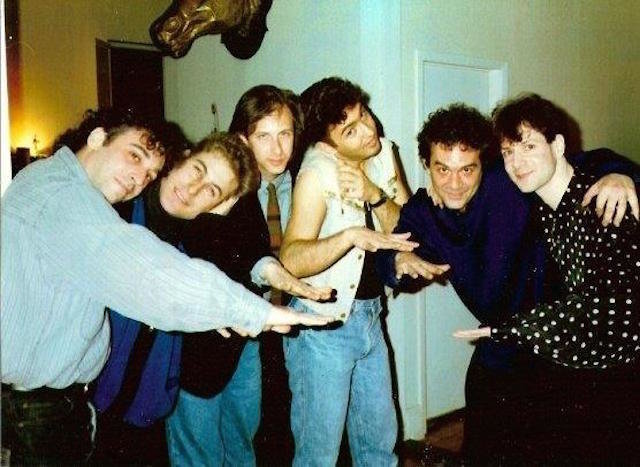
From left to right above (Murray Elias, Ivan Ivan (Mudd Club), David Azarch (Mudd Club), Johnny Dynell (Mudd Club), Mark Kamins and Justin Strauss.
Can you tell us anything about Steve (Maas) and Anya (Phillips)?
Steve was super eccentric. But a genius. Basically anything went at the Mudd Club. He would often come down with a record in his hand and ask the DJ to play it. One night he made the DJ play the same record all night long. Just one record all night. It was his art project. One night Keith Haring, Kenny Scharf, and Basquiat painted the DJ booth upstairs for a party. It was incredible. The next day Steve had the booth painted over. That would have been worth millions today. But he gave me my first shot at DJ'ing and my first job so I'll be forever grateful to him and David the DJ at the club.
I knew Anya from my days in Milk N Cookies. She was a fan and was always at our shows. And we'd hang out sometimes. She was a very driven girl. And when she got involved with James Chance, she really pushed him and was great to see her perform with him.
How about Anita Sarko?
Anita was already Djing at the Mudd Club when I started. She was a trailblazer for sure. She's still around doing events and things like that. I see her from time to time.
What bands / acts did you see there?
James Chance, U2 played their first US show I think there. There were like 15 people there. Steve Maas was a big fan of 50's Rock & Roll and had Screamin` Jay Hawkins play one night and performed "I Put A Spell On You" from a coffin. I remember seeing Klaus Nomi, DNA, and Talking Heads.
Did you DJ at the Mudd until its closure in 1983?
No. After about a year there I was asked to be the DJ at this new club opening called The Ritz. It seemed like a good move for me so I left the Mudd Club to do that.
Where you DJing anywhere else at this time?
After I left the Mudd Club I worked at the Ritz exclusively for a while before I started playing other clubs.
Where else did you go to party?
At that point basically was at the Mudd Club or Danceteria. Also a club called Hurrah. And there were a few after hour spots. Francois K. was spinning at this club called AM:PM. One night he took me to the Paradise Garage, and that changed everything for me.
A whole lot of creative people seemed to frequent the Mudd Club, do you think the club and its environment were important in fostering and encouraging all this talent?
I think it was a magic combination of the club, the vibe of the New York City in general at the time and the cultural explosion of music and art taking place. I met and became friends some amazing people there. From artists like Keith Haring and Basquiat, to DJ's and musicians, and performance artists. It was a time in New York when creative kids from all over could come to New York and afford to live here and do their art, their music, their whatever. Anything was possible. And places like the Mudd Club, Danceteria, Club 57, The Pyramid Club fostered and encouraged it.
Can you think of a key event or story that sums up the Mudd Club for you?
Actually not one event, but it changed my life forever. My life as a DJ, remixer, producer might never had happened if not for that place.

